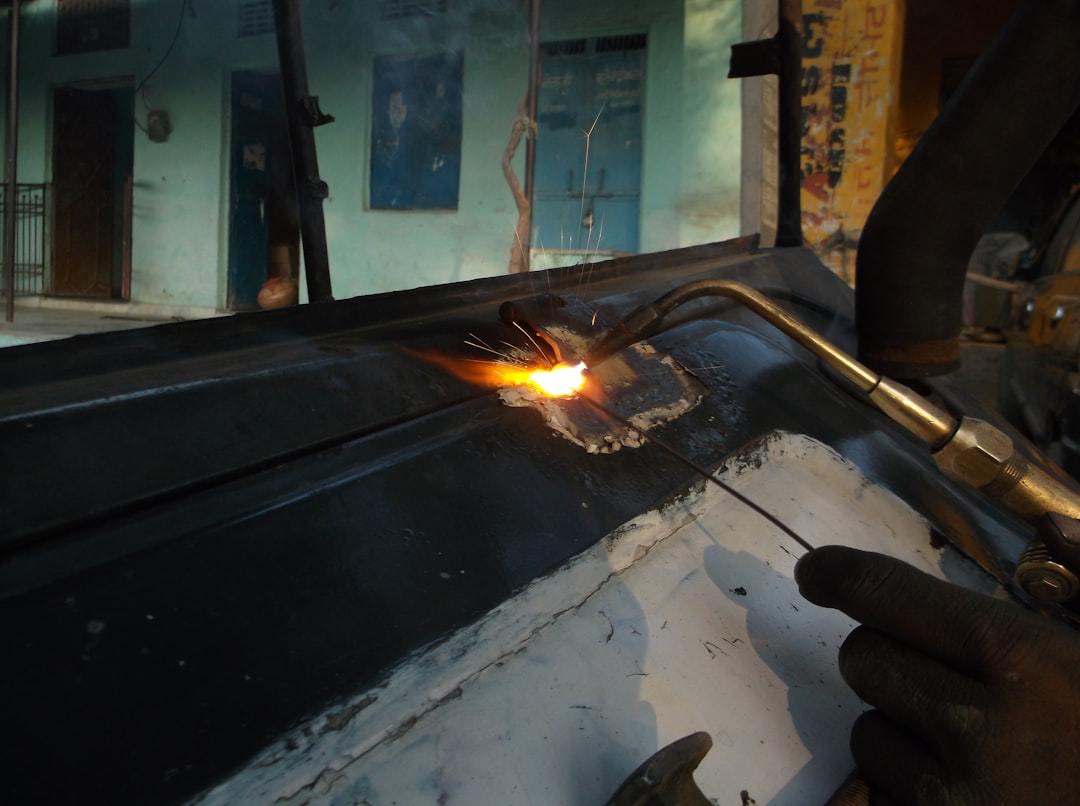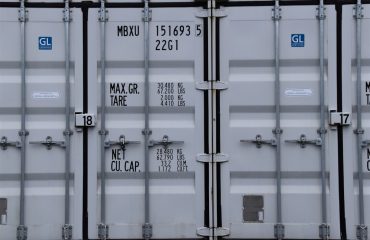Pipe bending and straightening are crucial processes in various industries, from construction and manufacturing to plumbing and oil and gas. Achieving precise bends and ensuring straightness is vital for functionality, safety, and aesthetic appeal. This comprehensive guide delves into the different methods, tools, and considerations involved in mastering these techniques.
1. Understanding Pipe Material and its Impact on Bending and Straightening
The material of the pipe significantly influences the bending and straightening process. Different materials exhibit varying degrees of ductility, tensile strength, and yield point. Steel pipes, for example, require more force and specialized equipment compared to more malleable materials like copper or aluminum. Understanding the material properties is crucial for selecting the appropriate bending and straightening techniques to avoid damage or failure. Factors to consider include:
- Material type: Steel, copper, aluminum, PVC, etc., each requiring different approaches.
- Pipe diameter and wall thickness: Larger diameter and thicker walled pipes require more force and potentially different equipment.
- Pipe grade and specification: Different grades of steel, for instance, have different strength characteristics.
- Temperature: Heating the pipe can increase its ductility, making it easier to bend, but requires careful control to avoid damage.
Incorrectly assessing the material properties can lead to cracking, kinking, or other forms of damage during bending or straightening.
2. Methods for Pipe Bending: From Manual to Automated
Numerous methods exist for bending pipes, ranging from simple manual techniques to highly sophisticated automated systems. The choice depends on factors like pipe material, diameter, desired bend radius, and production volume.
- Manual Bending: This involves using hand tools like pipe benders, which are suitable for smaller diameter pipes and simpler bends. It’s a cost-effective option for low-volume projects but can be labor-intensive and less precise.
- Hydraulic Bending: Hydraulic pipe benders utilize hydraulic pressure to create controlled bends. They offer greater precision and are suitable for larger diameter pipes and complex bends. They are commonly used in industrial settings.
- Rotary Draw Bending: This method uses a rotating die and a clamping mechanism to form the bend. It’s highly accurate and suitable for high-volume production, often used for precision bends in aerospace and automotive industries.
- Roll Bending: Roll benders use three rolls to progressively bend the pipe. This method is ideal for large diameter pipes and long radius bends.
Selecting the appropriate bending method ensures efficient and accurate results, minimizing material waste and ensuring the structural integrity of the pipe.
3. Effective Techniques for Pipe Straightening
Straightening bent pipes requires careful consideration of the material and the extent of the bend. Several methods are employed, each with its own advantages and limitations:
- Manual Straightening: For minor bends, manual straightening using a hammer and anvil can be effective. This is suitable for small-diameter pipes and requires skill to avoid causing further damage.
- Hydraulic Straightening: Hydraulic presses are used to apply controlled force to straighten the pipe. This method is suitable for larger diameter pipes and more significant bends, offering greater precision and control.
- Three-Roll Straightening: Similar to roll bending, three rolls are used to progressively straighten the pipe by applying controlled pressure. This is effective for long lengths of pipe with multiple bends.
- Thermal Straightening: In some cases, controlled heating can be used to relieve stress and straighten the pipe. This method requires careful temperature control to avoid material damage.
Choosing the right straightening technique is crucial for restoring the pipe’s structural integrity and ensuring its suitability for its intended purpose.
4. Safety Precautions in Pipe Bending and Straightening
Pipe bending and straightening operations can pose safety risks if proper precautions aren’t followed. It’s essential to:
- Use appropriate Personal Protective Equipment (PPE): This includes safety glasses, gloves, hearing protection, and steel-toe boots.
- Ensure proper machine guarding: Machines should be properly guarded to prevent accidental contact with moving parts.
- Follow manufacturer’s instructions: Always refer to the manufacturer’s instructions for operating the equipment safely.
- Work in a well-ventilated area: Some bending and straightening processes may generate fumes or dust.
- Proper handling of materials: Always handle pipes carefully to avoid dropping or injuring yourself.
Prioritizing safety is paramount to prevent accidents and injuries during these operations.
5. Choosing the Right Tools and Equipment
Selecting the appropriate tools and equipment is critical for efficient and accurate pipe bending and straightening. The choice depends on factors like pipe material, diameter, bend radius, and production volume. Consider the following:
- Pipe benders (manual, hydraulic, rotary draw): Choose a bender appropriate for the pipe material and diameter.
- Pipe straightening machines (hydraulic presses, three-roll straighteners): Select a machine suitable for the pipe size and the extent of straightening required.
- Measuring tools: Accurate measuring tools are essential to ensure precise bends and straightness.
- Support equipment: This may include workbenches, lifting equipment, and material handling tools.
Investing in high-quality tools and equipment ensures accurate results, reduces downtime, and improves overall productivity.
By understanding the nuances of pipe bending and straightening, and by carefully selecting the appropriate methods, tools, and safety precautions, you can achieve precise and reliable results in your projects.
Tags: pipe bending, pipe straightening, pipe bending techniques, pipe straightening methods, industrial pipe bending




